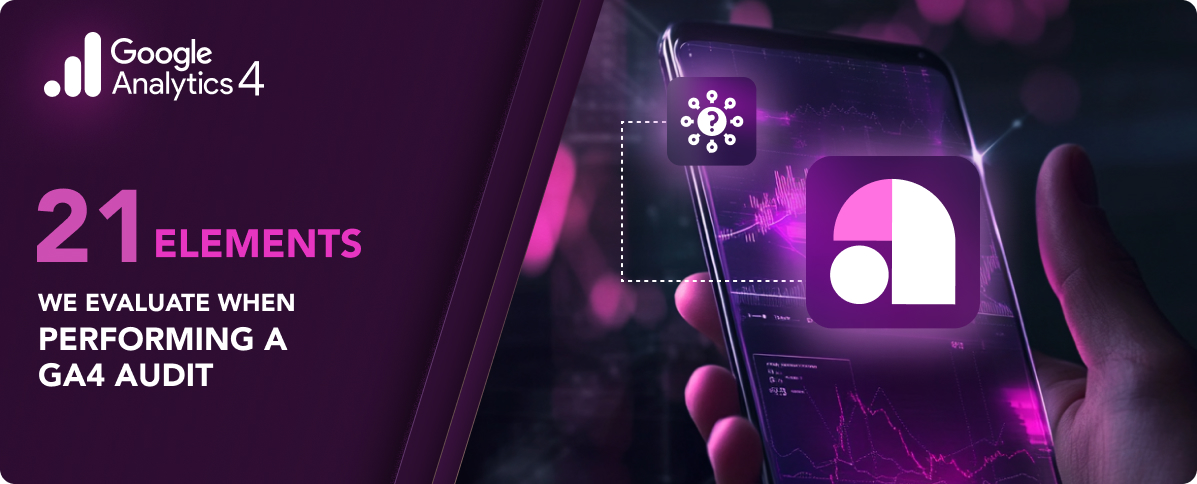Table of Contents
1. What is hybrid app development?
Hybrid app development is a process in which applications are built using web technologies like HTML, CSS, and JavaScript, then wrapped in a native container that allows them to function on multiple platforms, such as iOS and Android, from a single codebase. This approach enables the apps to use features from both native systems and web-based technologies.
The main advantage is cost-effectiveness and ease of development, as it reduces the need to write separate code for each platform. However, these apps might not offer the same level of performance or integration with device-specific features as fully native apps.
Are hybrid apps the same as cross-platform apps?
Yes, hybrid apps and cross-platform apps are often used interchangeably, but they are not exactly the same. Hybrid apps typically refer to applications that are developed using web technologies like HTML, CSS, and JavaScript, and then wrapped within a native container that allows them to be deployed across multiple platforms. These apps can access device features through plugins or APIs.
On the other hand, cross-platform apps encompass a broader category that includes both hybrid apps and apps developed using other cross-platform frameworks or technologies like Xamarin, React Native, or Flutter. While hybrid apps are a type of cross-platform app, not all cross-platform apps are necessarily hybrid. Cross-platform development aims to create applications that can run on different operating systems with minimal code changes or adaptations.
2. What is the difference between a mobile app and a hybrid app?
The key difference lies in their development approach and how they interact with the device:
Mobile App (Native App)
A mobile app, often referred to as a native app, is developed specifically for a particular platform (iOS or Android) using platform-specific programming languages like Swift for iOS and Kotlin or Java for Android. Native apps have direct access to the device’s hardware (like GPS, camera, and microphone), resulting in better performance and a consistent user experience with the operating system.
They tend to be faster and more responsive, providing a more seamless integration with the device’s features and capabilities.
Hybrid App
A hybrid app is a mix of a web app and a native app. They are built using web technologies (HTML, CSS, and JavaScript) and then wrapped in a native container using frameworks like Cordova or Ionic. This approach allows the app to be used on multiple platforms while sharing the same codebase.
Hybrid apps can access some of the native features of the device, but they may not offer the same level of performance or smooth integration as native apps. They are generally easier and faster to develop for multiple platforms, but this can come at the cost of user experience and speed.
3. How do I start hybrid app development?
Beginning hybrid app development involves several key steps.
Here’s a general guideline:
- Define Your App Idea: Clearly outline what your app will do, its target audience, and the core features it will include. This step is crucial for guiding the development process.
- Choose the Right Framework: Select a hybrid app development framework that suits your needs. Popular options include React Native, Ionic, Flutter, and Xamarin. Each framework has its strengths, so choose one that aligns with your app’s requirements.
- Set Up Your Development Environment: Install the necessary tools and software based on the chosen framework. This might include development environments, SDKs, and other tools specific to your framework.
- Learn the Technologies: Familiarize yourself with the languages and technologies used in your chosen framework. For most hybrid frameworks, this will include HTML, CSS, JavaScript, and any specific framework syntax.
- Design Your App: Plan and design your app’s user interface. Consider using prototyping tools to visualize the app layout and user flow.
- Develop the App: Start coding your app. Hybrid apps are generally developed using a combination of web technologies and then wrapped in a native shell, allowing them to operate on different platforms.
- Test Your App: Testing your app is important. Ensure your app works across different devices and platforms. This includes functional testing, performance testing, and user experience testing.
- Prepare for Deployment: Ready your app for deployment. This involves setting up accounts on the App Store for iOS and Google Play for Android, meeting their guidelines, and preparing app store listings.
- Launch and Maintain: Once launched, gather user feedback for improvements and update your app regularly to fix bugs, add new features, and stay current with the latest operating system versions and security standards.
For those new to hybrid app development, start with online courses or tutorials specific to your chosen framework and consider small-scale projects to build up practical experience. Hiring experienced developers or consulting with a development agency can also be a great way to ensure the success of more complex projects.
4. What is a hybrid app, for example?
A hybrid app is a type of mobile application that combines elements of both native apps and web applications. A classic example of a hybrid app is Instagram. Originally, Instagram used a hybrid approach where the app was developed using web technologies like HTML, CSS, and JavaScript and then wrapped in a native container. This allowed it to function across multiple platforms while maintaining a consistent user experience.
In a hybrid app like Instagram, users can download the app from app stores just like a native app, but much of its functionality is handled through web technologies. This approach enables faster development and easier maintenance across multiple platforms, as the app’s core is the same for all users, regardless of their device.
Other examples of hybrid apps include Twitter (now X) and Uber Eats. These apps leverage the hybrid model to combine the cross-platform flexibility of web development with the user experience benefits of native applications. They balance performance, platform-specific features, and the ease of development and updating that comes with web-based technologies.
5. What is a hybrid app, and how are they developed?
A hybrid app is a type of mobile application that combines elements of both native apps and web applications. It’s developed using web technologies like HTML, CSS, and JavaScript and then wrapped in a native container. This combination allows hybrid apps to use a single codebase to run on multiple platforms, such as iOS and Android, while still accessing some native platform features.
Here’s how they are developed:
- Use of Web Technologies: Developers create the core of the application using web technologies. This is similar to building a website or a web application.
- Wrapping with a Native Container: The web-based application is then embedded within a native container using platforms like Apache Cordova or Ionic. This container essentially works as a web browser without the browser UI, allowing the web app to run on a mobile device.
- Access to Native Features: Using plugins provided by the native container platform, the hybrid app can access native device features like the camera, GPS, accelerometer, and more, which are not available to web apps.
- Cross-Platform Compatibility: Since the app’s core is built with web technologies, it can run on any platform that supports web content, allowing the same app to work on iOS and Android with minimal changes.
- Design and User Experience: Hybrid apps often use responsive design to ensure a consistent user experience across various devices and screen sizes. They may also include platform-specific tweaks to better align with the look and feel of each operating system.
- Testing and Deployment: Hybrid apps are tested similarly to web apps but require testing on physical devices to ensure they interact correctly with each platform’s hardware and software. Once tested, the app is deployed to app stores like Google Play or Apple.
6. What is meant by native and hybrid apps?
Native apps and hybrid apps refer to two different approaches to mobile app development, each with its own methodologies, technologies, and use cases.
Native Apps
- Definition: Native apps are developed specifically for a particular mobile operating system. They are written in platform-specific languages. For example, Swift or Objective-C is used for iOS apps, and Java or Kotlin is used for Android apps.
- Characteristics: They are fully optimized for the platform they are developed for, offering high performance and a seamless user experience. Native apps can fully access all the device’s hardware features, like the camera, microphone, GPS, etc., and can utilize the device’s native UI components and gestures.
- Use Cases: Best suited for applications that require high performance, intensive use of device capabilities, or a highly refined user experience. Examples include complex games, photo and video editing apps, or apps that require sophisticated data processing.
Hybrid Apps
- Definition: Hybrid apps are essentially web apps wrapped in a native container. They are developed using standard web technologies like HTML, CSS, and JavaScript and then encapsulated in a native app shell using frameworks like Cordova or Ionic. This allows them to be installed like a native app but run mainly as a web application.
- Characteristics: Hybrid apps can be deployed across multiple platforms using a single codebase, making development faster and less expensive. They can access some native features of the device through plugins but are generally less performant than native apps, especially for complex tasks.
- Use Cases: Ideal for simpler applications, content-focused applications, or when there is a need to launch the app quickly across multiple platforms without extensive use of native device features. Examples include simple games, productivity apps, or enterprise applications.

















































